Iran abuts two countries whose “classical” composers of the 20th C. I revere and have done shows on – Armenia and Azerbaijan – and countries to its east whose improvised classical music (in the Indian sense of the term) I also love – Afghanistan and Pakistan – so in that sense it was no huge surprise to discover there is more cool Western classical music from Iran than I’ll ever be able to listen to. Major composers with lengthy careers writing music that appeals on multiple levels, names well-known in Europe, tertiary composers pushing the envelope, dabblers in electro-acoustic music, all that… The surprise, to me at least, was that Western classical music has such a strong presence in a country which has maintained a strong anti-Western bent since the 1979 revolution that brought a strict theocracy into power, a theocracy that has issued many proscriptions.
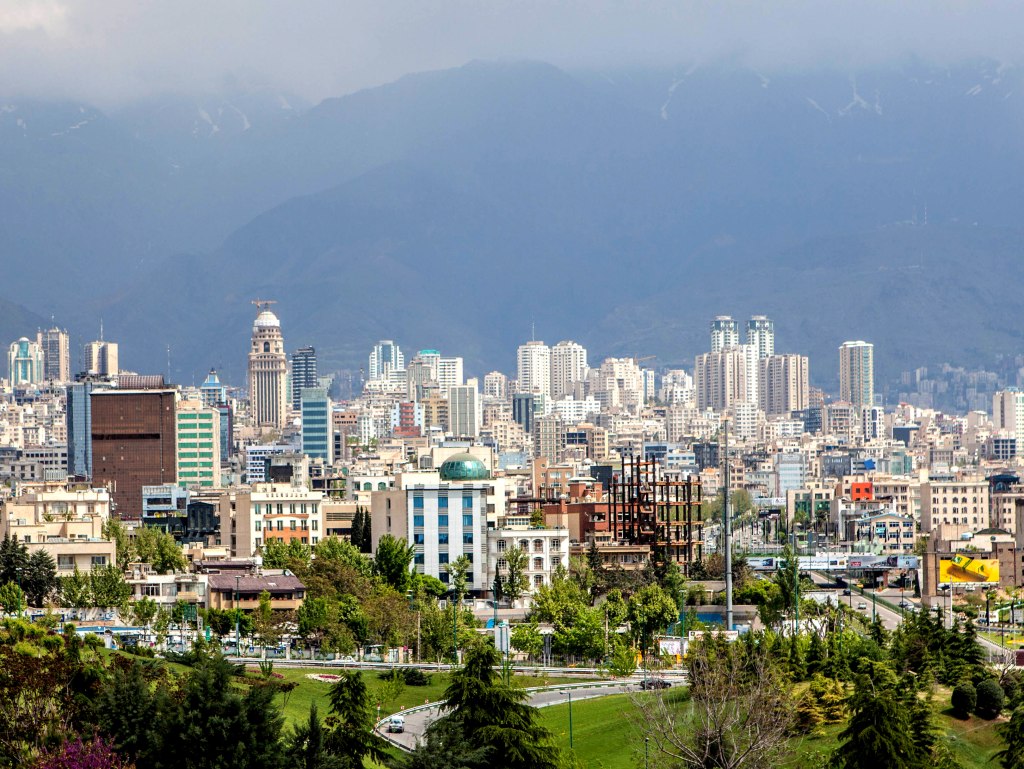
Before we head on to the music, perhaps a little background may be in order regarding the country itself. It is safe to say, I think, that most Americans in 2022 know little about Iran beyond a vague awareness of its bogeyman status as perpetuated by the news media. To that end, it can be safely stated that Iran is no threat to the United States, and even if it did want to engage militarily the 35 U.S. military bases in bordering countries – that’s right, 35 – would make such a decision suicide. (I am aware of no Iranian bases in Mexico or Canada.) It is nevertheless undeniable that Iran is and has been a miserable place to live for many of its citizens for most if not all of the time period considered on this blog, which is from the turn of the 20th C. on up to today. In Iran today, it is inarguable that corruption is third world-level rampant, thug police forces operate with impunity, freedom of speech is not permitted, and torture is prevalent and systematic. The generally hard-line theocratic regime in place since the 1979 revolution – the tenor of which is reflected in the the president at any given time – makes life especially difficult for citizens who happen to be women, ethnic or religious minorities, and/or LGBTI.
At any rate, here is the back of the baseball card for Iran: It is a country with a population of 83 million (17th largest) and an area about two and a half times the size of Texas (18th largest). (And since you no doubt wondered, Iran spends about $20 billion a year on its military, compared to the $750 billion the U.S. spends, which represents one thirty-eighth…) On the orb, Iran is flanked by Iraq to the west and Afghanistan/Pakistan/Turkmenistan on the east. It has access to shipping on the Persian Gulf and Gulf of Oman to its south. (It also has the Caspian Sea on its northern border, but that is pretty much a toxic sludge pit at this point.) Tehran, Iran’s largest city and capital, is located in the north and has a population of 8.7 million, and there are seven other cities with over a million people. Iran used to be called Persia and was the heart of ancient empires (“Iran” is a sort of generic label, from the same root as “Aryan”…) Iran is NOT an Arab country. Its population is two-thirds ethnic Persian, and Farsi, aka Persian, is the national language, not Arabic. Iran, just as significantly, is Shia Muslim, which puts it at odds with most of the rest of the Middle Eastern countries – most importantly Saudi Arabia – which are Sunni.
Iran’s government is, as noted, a theocracy – one of just five in the world today, all of them Muslim (and no, Vatican City is not a “country”) – with democratic elements. Which is to say it has an elected president who is nevertheless entirely subordinate to a religious leader (Ayatollah Khamenei, who succeeded Ayatollah Khomeini) and a council of clerics. The degree of adherence to Sharia law (the medieval laws in the Koran) depends on the whims of the Supreme Leader and is administered by the president. Under the “populist” Mahmoud Ahmadinejad, whom many Iranians likened to trump in terms of rousing the rubes and who held office from 2005 to 2013 (the election for his second term in 2009 was widely condemned as bogus and sparked huge riots), tolerance was in short supply. After eight years of relative moderation under the leadership of Hassan Rouhani (2013-2021), a hardliner named Ebrahim Raisi took office last year in a move orchestrated by the now-decrepit Khamenei, and people are being executed or beaten to death for moral “corruption” like homosexuality and dress code violations. According to Amnesty International, the government killed at least 281 people in the first six months of 2022. That figure is going to be WAY higher by the end of the year, as people have taken to the streets again to express their rage against the morality police. The Iranian police use bullets to disperse protests.
The United States hates Iran, though not for its human rights abuses; after all, Saudi Arabia does the same shit – hell, they can even execute a U.S. citizen AND dismember him and we don’t object. No, it is, of course, all about petrodollars, and it goes back to 1953, when the CIA, along with Britain’s MI5, organized a coup that deposed a popularly-elected leader who had the audacity to try to nationalize the British Petroleum operations there (BP had been hoarding 85% of the profits of its Iranian endeavors til then). This coup put in his place a rich, playboy stooge who was from the old “royal” family. The rich playboy stooge – a.k.a. the Shah – used a CIA-formulated and -trained secret police called SAVAK to terrorize or murder anyone pushing for reforms to his autocratic rule or to the profit-”sharing” schemes of Western oil interests. Even by 20th C. standards SAVAK was unusually brutal, but then they’d been trained by the best! (Here’s a fun fact: the electric chair SAVAK used to torture hooded prisoners in the ’60s and ’70s was nicknamed Apollo, after the NASA space program!)
This went on for 25 years. Argo, the worst movie to ever win the Academy Award for Best Picture (which is saying something), depicts (albeit in contrived, banal and fantastical Hollywood fashion) the period where Iranians finally ousted the Shah and the theocracy took effect. The people who rose up against the murderous Shah also rose up against the people who had propped him up for a quarter century – us. As witnessed in subsequent U.S. misadventures in the Middle East, we tend to leave in our wake very grim and vehemently anti-U.S. theocratic regimes – think Al-Qaeda and ISIS, two other direct results of U.S. bumbling in the region…
From the 1979 Revolution on, most people in the U.S. think of Iran, if they think about it at all, as some kind of vague menace, and of Iranians, if they think of them at all, much as Ben Affleck depicted them, which is to say as angry and bushy-bearded automatons. After the humiliation of the Iranian Revolution, the U.S. instigated a war between Iran and Iraq (in which the U.S. backed Saddam Hussein and Iraq before turning on him a decade later) and has since maintained harsh economic sanctions on Iran, which, as harsh economic sanctions are wont to do, exact their toll on a citizenry who has little to say in matters of government conduct or international relations. Suffice it to say, if you were Iranian you would probably despise the United States, too.
Unsurprisingly, depending upon who is president, the regime has either been dismissive or forbidding of Western-ish arts. Under Ahmadinejad, the Tehran Symphony folded and prohibitions against things like women singing pretty well snuffed art music in a country that had been, for all of its faults, a second-world country – VASTLY richer and more developed than its neighbors – for much of the 20th century. Under Rouhani (2013-2021), the artsrebounded to a significant extent. The Tehran Symphony got back up and running and expatriate composers who’d maintained ties to their homeland until Ahmadinejad have reengaged. Time will tell how things play out for Western classical music under Raisi.
Finally, there is an amazing-looking Iranian record label, Mahoor, that is maintained, I gather, by a government cultural ministry and features all sorts of Iranian music. Most of it is traditional (which I’d also like to hear) but there are scores of CDs, all with brilliant artwork, by most of the composers on this “mixtape” and many I would purchase straight up based upon what I know now. I have written them but I don’t think it is possible for people in the U.S. to buy commercial goods directly from Iran. I will change this post if I find out otherwise. The website is http://www.mahoor.com/en/
As usual, much of the music on this “mixtape” comes from classical-music-online.net, which is, as usual, a treasure trove of otherwise impossible-to-find recordings – if you do not have a membership to this site, you absolutely should – but often is lacking key information. Info on the playlist below is as complete as I could muster.
0:00:00
Sahba Aminikia (1981- ): Salam Alaykem (2020)
after a monody by Hassan Kasaei
Kronos Quartet
Aminikia is a San Francisco-based composer. He has had a substantial amount of work recorded for a 41-year-old, in his case because it is good. He was born in post-Revolution Tehran and maintained ties to his home country after studies abroad (he studied with Boris Tishchenko in Russia and John Adams in the U.S., among others) but on a 2012 visit to Iran (during the Ahmadinejad presidency) he was arrested, interrogated, tortured and left in the desert, an experience he recounts in a radio interview on his Soundcloud page (https://soundcloud.com/sahbakia?id=4508429) and wrote about in a piece for piano trio titled “Shab o Meh” (“Night and Fog”) from 2014 (and which can be heard at 1:13:45) Lots of info and links at his website, http://www.sahbakia.com

0:02:13
Hormoz Farhat (1928-2021): Piano Sonata No. 2 (2010);
II. Largo con molto espressione e flessibilita
Mary Dullea
Persian Autumn (Metier, 2020)
Next to Alireza Mashayekhi (twelve years his junior), Farhat would seem to be the most important composer in 20th C. Iranian Western classical music. (That “seem” is tentative – I am finding my way here…) Farhat was the first Iranian to study in the U.S. (among his teachers were Darius Milhaud and Lukas Foss) and was a longtime faculty member at UCLA and Trinity College in Dublin, with works performed all over the world.

0:08:25
Houchang Ostovar (1928–2016) : Iranian Suite, I. Pishdaramad
Ali Rahbari: Nuremberg Symphony Orchestra
Symphonic Poems from Persia (Colosseum, 1980)
This is the only work of Ostovar’s released to date.

0:15:17
Amir Mahyar Tafreshipour (1974- ): Elegy for Harp, Violin and Cello
Manon Moris (harp), Darragh Morgan (violin) & Zoe Martlew (cello)
Pendar (Hermes)
Tafreshipour has music on multiple albums released on Western labels, including a Naxos release devoted entirely to his music featuring Crash Ensemble. Educated in Tehran, Belgium and London, he is a composer who moves freely between the two worlds. He writes a lot for harp and he does it well. He recently wrote an opera about the nationalization of the oil resources in the 1950s, which led to the U.S/U.K.-sponsored coup. A nice website for Tafreshipour at http://www.tafreshipour.com/

0:23:44
Ali Rahbari (1948- ): Nohe Khan, Symphonic Poem No. 1
(2018, rev. 1972); III.
Paula Rahbari (v) w/ Alexander Rahbari: Prague Metropolitan Orchestra
My Mother Persia, v. 1 (Naxos, 2019)
Rahbari (who also goes by Alexander) made his name as a high-profile conductor in Europe before returning to Tehran in 2016 to helm the re-vamped Tehran Symphony. His compositions tend to ride the folkloric groove. This third movement of an outstanding violin concerto turns up on the first of three volumes of his music on Naxos, and is performed by Mrs. Rahbari along with an orchestra he’s conducting.
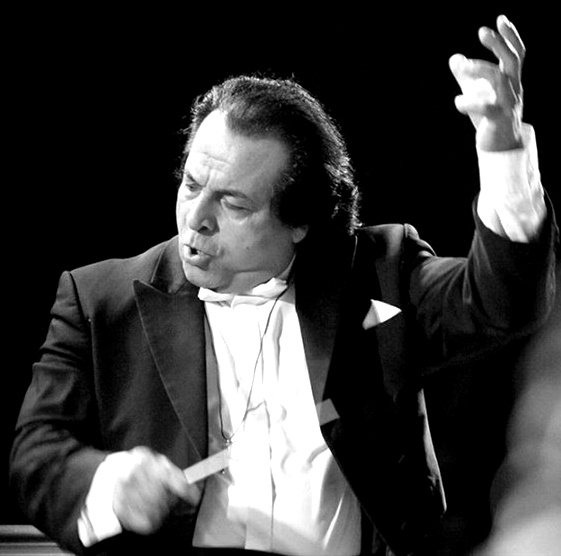
0:33:02
Behzad Abdi (1973- ): Mulla Sadra (excerpt)
Vladimir Sirenko: Ukrainian National Symphony Orchestra
0:39:46
Ahmad Pejman (1935- ): Divertimento in 4 Movements for SO (2016); II.
Sergey Skripka: Russian State Cinematography SO
Pejman was in NYC, studying at Columbia with, among others, Vladimir Ussachevsky, when the Iranian Revolution took place, and he moved to L.A. and stayed. He nevertheless maintained regular contact with Iran, receiving and fulfilling commissions.

0:45:10
Hormoz Farhat: String Quartet No. 3; II.
St. Petersburg Quartet
Farhat String Quartets 1-3 (Ravi-Azar-Kimia, 2017)
0:53:17
Parviz Mahmoud (1910-1996): Violin Concerto
Julius Aria Sahbai (v) w/ Manuchehr Sahbai: Bulgarian State PO
Mahmoud is considered the founder of the modern Tehran Symphony Orchestra. He moved to the U.S., received his Ph.D from Indiana’s famed music school, and lived out his life as the conductor of the University of Dubuque (Iowa) Symphony Orchestra(!!!) It seems unlikely many of the pig farmers at the Dubuque iHop would have cottoned to this violin concerto, which was written some time before 1959 (when he quit composing) and which packs a serious modernist wallop.
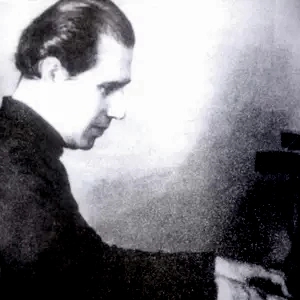
1:04:33
Ali Radman (1973- ): Argument for Orchestra
Roozbeh Rahimi (Santoor) w/ ?
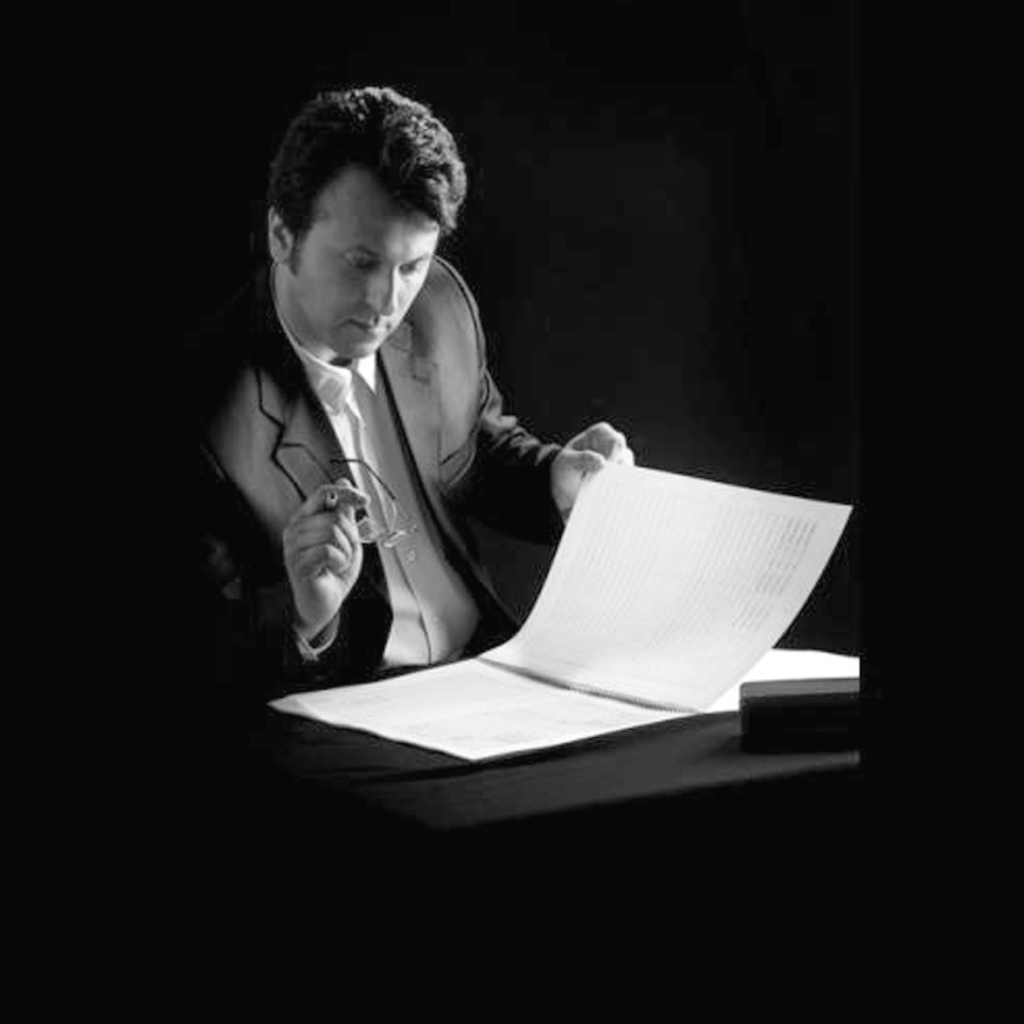
1:13:45
Sahba Aminikia: Shab o Meh (Night and Fog, 2014)
Delphi Trio
Soundcloud (https://soundcloud.com/sahbakia)
This is Aminikia’s musical reflection on his run-in with police/thugs on a visit home in 2012. The recording is a live take from the Great Lakes Chamber Festival in Ann Arbor.
1:24:00
Alireza Farhang: Eiwan
Julien Decoin (c), Aya Kono (v) & Jean-Marie Cottet (p)
PEGAH (Stradivarius, 2022)
Farhang is based in France, where he studied at IRCAM and where the fine album from which this track was culled was recorded.

1:34:26
Mehdi Hossseini: Symphony of Monody
Daniel Black: Saint Petersburg State Academic SO
Hosseini: Monodies (2020)
Hosseini is a major figure in the St. Petersburg (formerly Petrograd and Leningrad, home of Shostakovich and Stravinsky) art music world, where he has established a new music organization (homepage at reMusik.org) and a new music festival. This symphony put me in mind of another St. Petersburg denizen – Galina Ustvolskaya.
There are six pieces on his Soundcloud page (https://soundcloud.com/mehdi_hosseini)

1:52:41
Fozie Majd: Dreamland, I. Lento
Darragh Morgan & Patrick Savage (v), Fiona Winning (va), Deirdre Cooper (c)
In Absentia: Music by Iranian Composers (Metier/Divine Art, 2019)
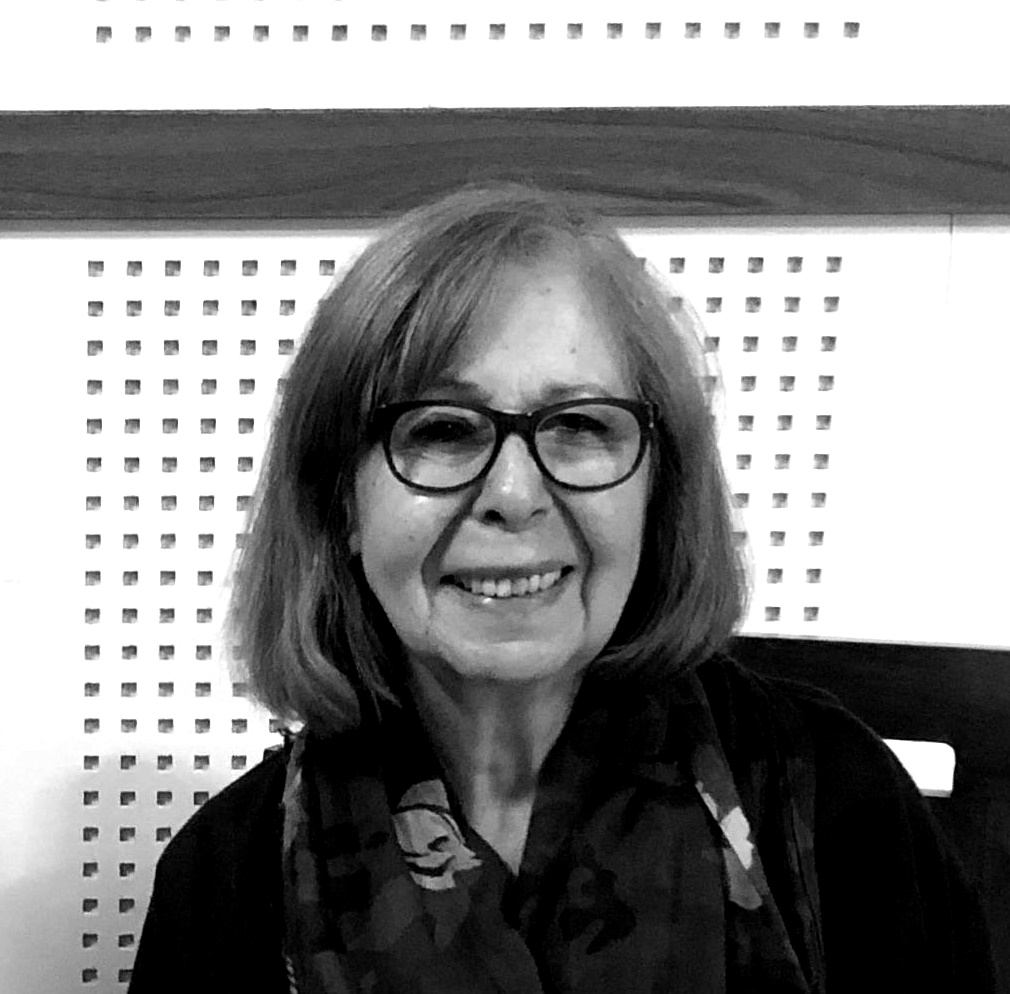
1:58:48
Alireza Mashayekhi (1948- ): Panopticon 88, Op. 97
Vladimir Sirenko: National SO of Ukraine
Mashayekhi is a composer I should’ve heard of before now. Extremely prolific, he has an extensive discography and is regarded as a major composer of avant-garde skew overseas. His music is often jarring and melds the ancient to the postmodern. The Mahoor label has released a slew of CDs of Mashayekhi’s music, if only I can figure a way to get some of them…

2:06:41
Sabha Aminikia: Bāde Sabā; II.
Aeron Flutes
No Era (Innova, 2018)
Aeron Flutes is a female flute trio from San Francisco. They showcase three SF-based composers on this LP. Included here is the middle of three movements.
2:10:42
Elnaz Seyedi (1982- ): Detaillerateur Blick (2016-7)
Ensemble Phoenix Basel
Born in Tehran, where she studied composition with Mashayekhi, Seyedi is based in Europe, where her work is performed by leading new music ensembles. She has a Soundcloud page (https://soundcloud.com/elnazseyedi) with eight works available for listening, including this killer.
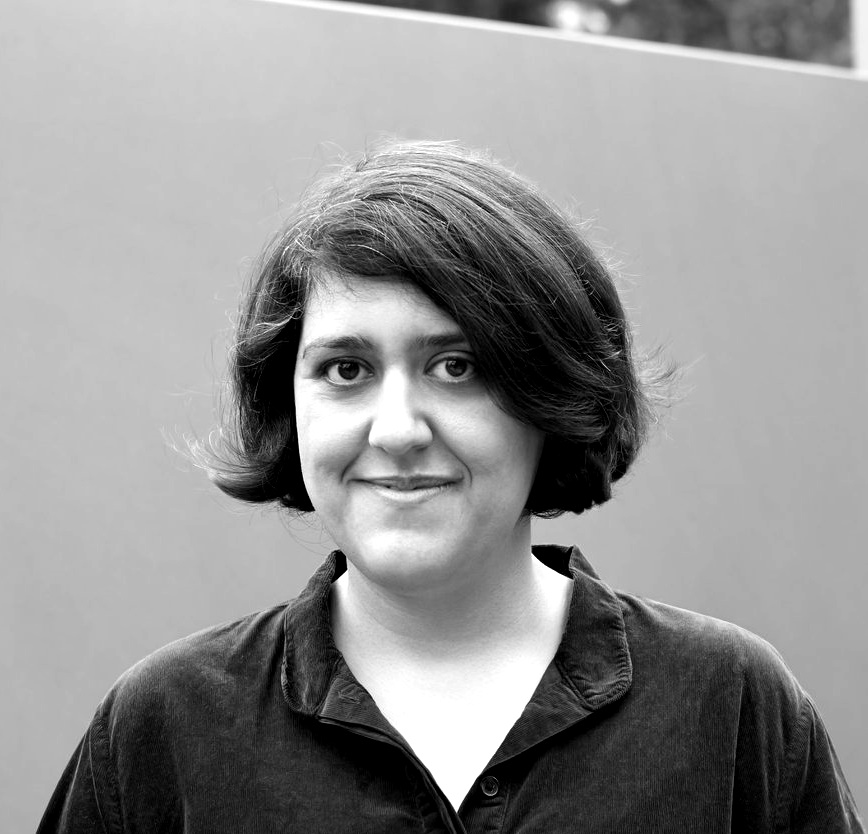
2:19:45
Gity Razaz (1986- ): Metamorphosis of Narcissus for CO & electronics
Andrew Cyr: Metropolis Ensemble
The Strange Highway (BIS, 2022)
As I always say on my radio show, when the Swedish BIS label does a record of a composer’s work, that is as close to a guarantee of quality as exists. Brooklyn-based Razaz’s The Strange Highway just came out (August, 2022) and features a variety of configurations, including a solo cello piece played by Inbal Segev and a cello octet. I’m assuming she must be a cellist… More of her music can be found on her Soundcloud page (https://soundcloud.com/gityrazazcomposer)

